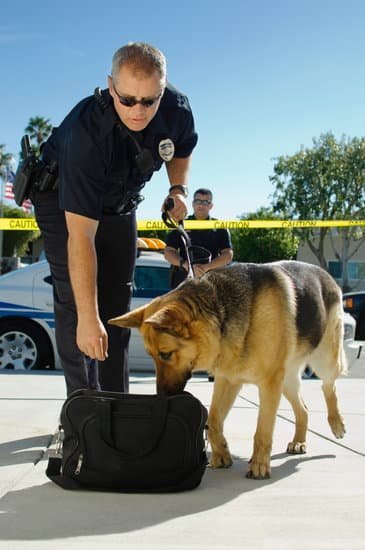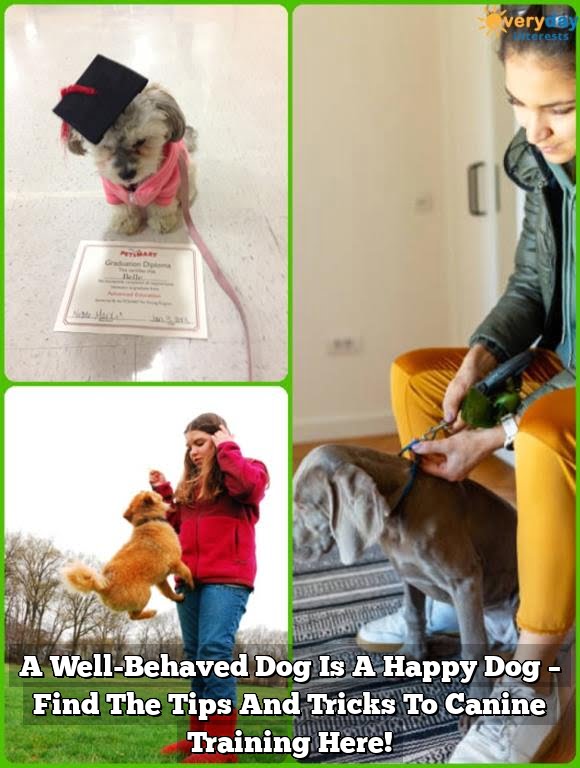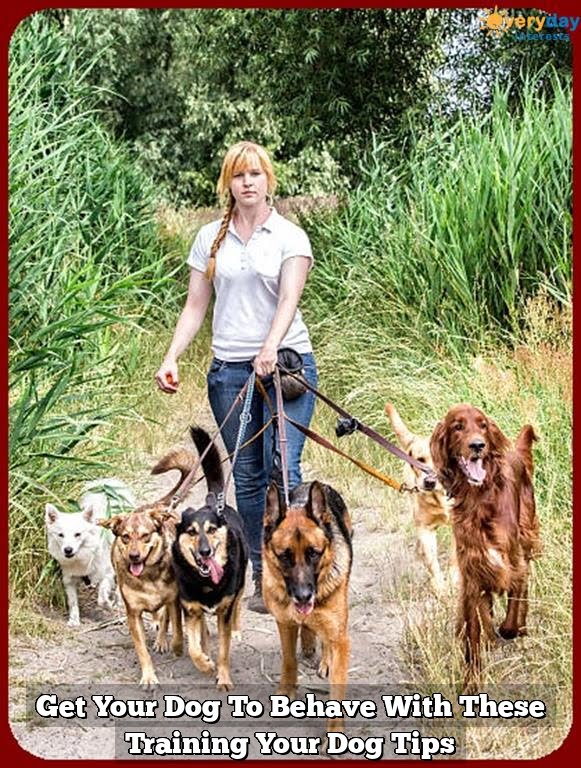It can be difficult to train an older dog. They may be set in their ways, or they may not have had much training before. However, with some patience and understanding, it is possible to train an older dog.
The first step is to figure out why the dog is not responding to commands. There could be a physical reason, such as hearing or vision loss, or a psychological reason, such as anxiety or fear. Once the reason has been identified, it can be addressed and worked on.
If the dog is physically unable to do something, such as sit or stay, you can still work on commands that are important, such as coming when called. You can also use positive reinforcement, such as treats or praise, to encourage the dog to obey.
If the dog is anxious or fearful, you will need to take things slowly and patiently. Start with basic commands and work up to more complicated ones. Make sure to reward the dog for good behaviour, and don’t punish them for making mistakes.
Training an older dog can be a challenge, but it is definitely possible. With patience and understanding, you can help your dog learn new commands and behaviours.
How To Train An Older Dog To Pee Outside
House training an older dog can be a challenge. But with patience and perseverance, it can be done.
The first step is to create a routine for your dog. Take them outside to pee at the same time every day. When they go outside, praise them and give them a treat.
If your dog has an accident in the house, don’t scold them. Simply clean it up and take them outside to pee.
If your dog is having trouble going outside, you can try training them to pee in a specific spot in your yard. Start by putting a pee pad in that spot, and when your dog goes to the bathroom on it, praise them and give them a treat. Eventually, you can phase out the pee pad and your dog will only pee in that spot.
How To Train An Older Aggressive Dog
Old dogs can be difficult to train, especially if they are aggressive. However, with patience and persistence, it is possible to train an old dog to behave well.
The first step is to identify the reason for the aggression. Sometimes, aggression can be caused by pain or illness, so it is important to rule out any medical causes. If there is no underlying medical problem, then the aggression may be due to fear, dominance, or territoriality.
Once the cause of the aggression has been identified, it is important to start training the dog with a positive reinforcement method. This means rewarding the dog for good behavior, and ignoring bad behavior. It is also important to be consistent with the rewards and punishments, and to remain calm and patient when training the dog.
If the aggression is due to fear, it is important to start by socializing the dog with other people and animals. This can be done gradually, starting with people or animals that the dog is comfortable with, and gradually introducing new people or animals. The dog should also be obedience trained, so that it knows how to respond to commands.
If the aggression is due to dominance, it is important to establish who is in charge in the household. The dog should be taught to obey commands, and should not be allowed to take advantage of people or animals.
If the aggression is due to territoriality, it is important to create clear boundaries for the dog. The dog should be taught not to bark or growl at people or animals who come into its territory.
It is important to be patient and consistent when training an old dog to behave well. With patience and persistence, it is possible to train even the most aggressive dog.
How To Crate Train Older Dog
There comes a time in every dog’s life when he or she needs to be crate trained. This may be when you first bring your new dog home, when you have to leave your dog home alone, or when your dog is having potty training issues. No matter what the reason, Crate training can be a very helpful tool for any dog owner.
The key to successful crate training is to make sure that your dog sees the crate as a positive place. You want your dog to feel happy and safe when he or she is in the crate. The best way to achieve this is to start crate training when your dog is still a puppy. This will help your dog get used to the idea of spending time in the crate and will make the process much easier when you need to use it later on.
If you are crate training an older dog, there are a few things you will need to keep in mind. First, you will need to make sure that your dog is physically able to enter and exit the crate. If your dog has any mobility issues, you may need to help him or her get in and out of the crate.
You will also need to take into account your dog’s emotional state. If your dog is anxious or fearful of the crate, you will need to take steps to make the crate feel more comfortable and safe for him or her. This may mean placing a soft blanket or toy in the crate, or providing positive reinforcement when your dog enters the crate.
The key to successful crate training is patience and persistence. It may take a little bit of time for your dog to get used to the idea of spending time in the crate, but with patience and positive reinforcement, you can get your dog to enjoy his or her time in the crate.
How To Crate Train Your Older Dog
There comes a time in every dog’s life when they are no longer puppies, and they may not be as easy to train as they once were. This is especially true for older dogs. However, it is still possible to crate train them, you just need to be a little more patient and use different techniques.
The first step is to introduce your dog to the crate. You can do this by feeding them their meals inside the crate or by putting a toy inside and letting them play with it. Once your dog is comfortable going into the crate, you can start using it as a place to sleep.
During the crate training process, it’s important to be positive and patient. Dogs respond better to positive reinforcement, so give your dog lots of praise when they do something correctly. If they make a mistake, don’t punish them, simply correct them and move on.
It’s also important to keep the crate training sessions short at first. Start with five or ten minutes and gradually increase the amount of time your dog spends in the crate.
If your dog starts to whine or bark while in the crate, don’t let them out until they stop. This may take a while, but eventually they will learn that they can’t get out of the crate until they are quiet.
It’s important to keep in mind that crate training may take a little longer for older dogs, but it’s definitely worth the effort. With a little patience and perseverance, you can have a well-trained dog that loves spending time in their crate.

Welcome to the blog! I am a professional dog trainer and have been working with dogs for many years. In this blog, I will be discussing various topics related to dog training, including tips, tricks, and advice. I hope you find this information helpful and informative. Thanks for reading!





